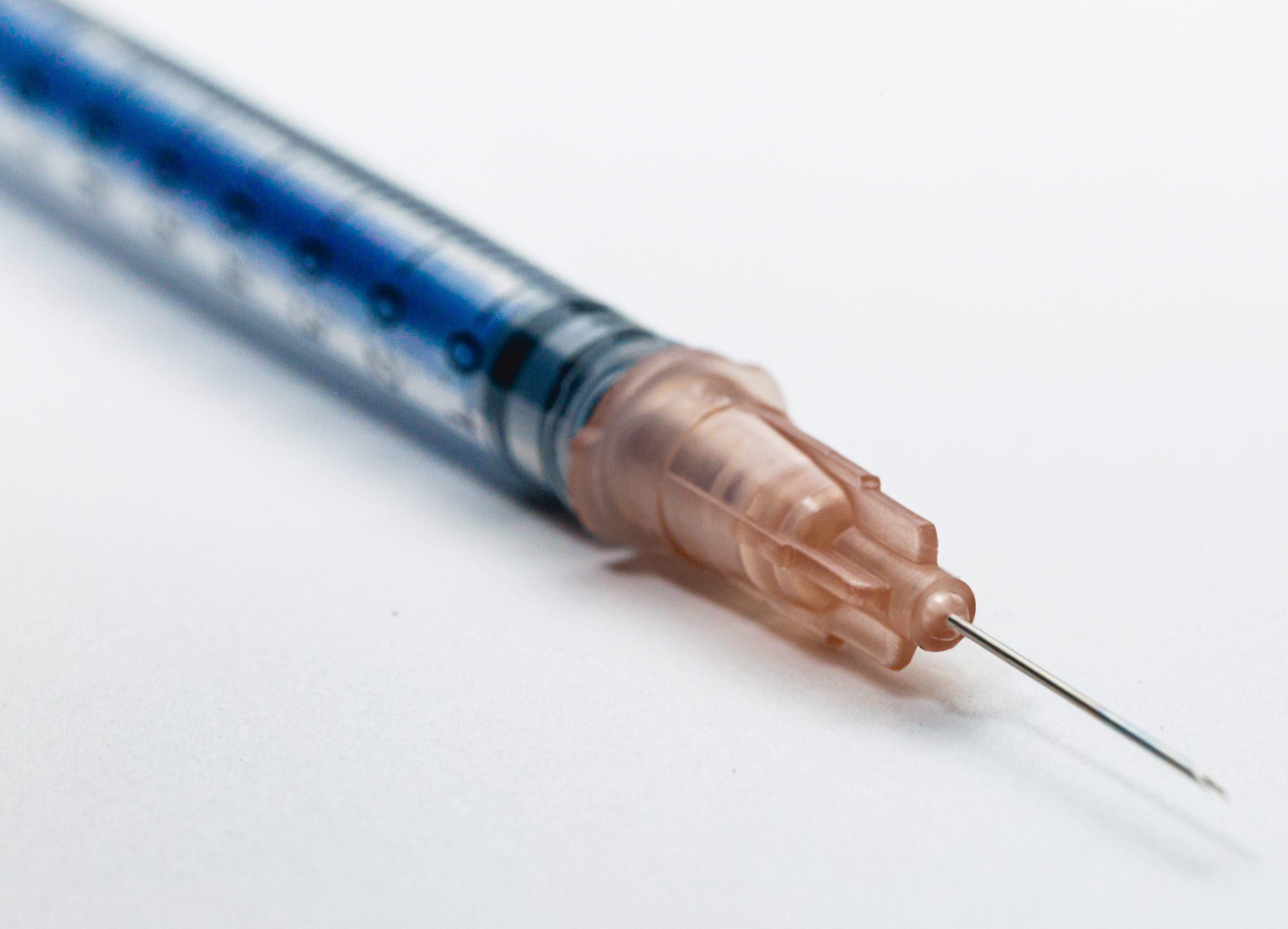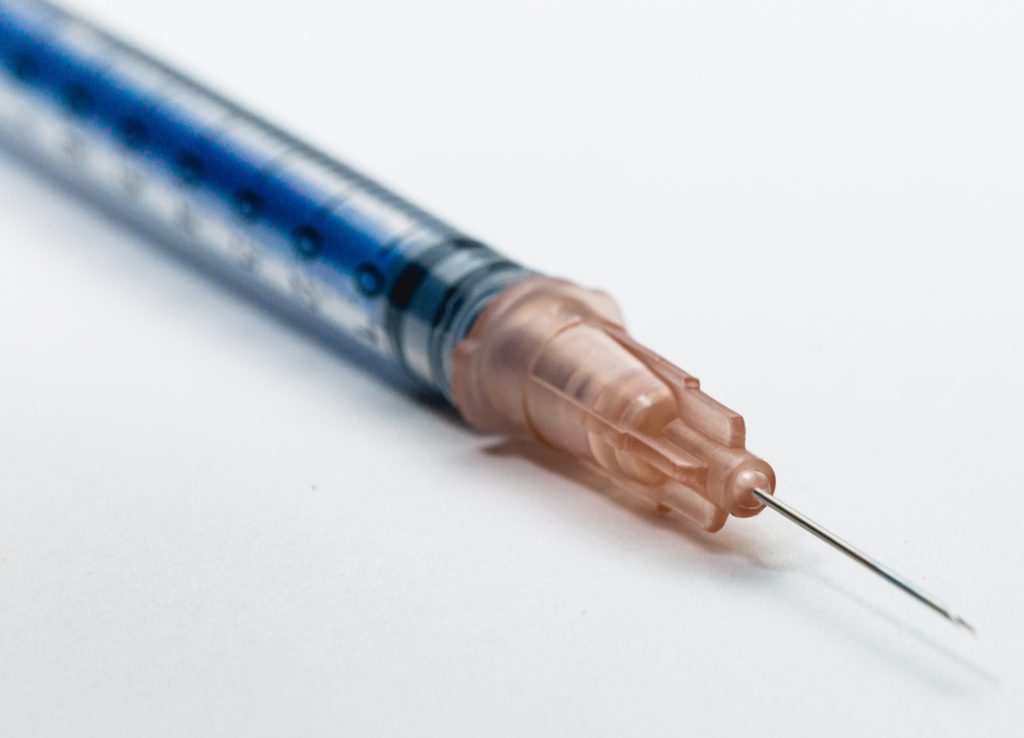Beginners Guide to Biocompatibility for Medical Device Adhesives

Adhesives are used in most industries, including the medical industry, to assemble components of finished devices. Adhesives can provide value over traditional joining methods such as mechanical fasteners, ultrasonic welding and solvent welding by reducing hazardous solvent usage, distributing stresses more evenly or even increasing production throughput. In the medical device industry, particular care is taken to formulate adhesives for biocompatibility – to make them safe for use on or in the human body.
As defined by the FDA, a medical device is an instrument, machine, device, implant, or contrivance that is used to diagnose or treat a disease. Given the critical nature of medical devices, the FDA requires these devices to meet strict biocompatibility standards. Generally speaking, the FDA and other regulatory bodies do not require individual components of the finished device to carry any specific approvals. However, medical device manufacturers choose to use various biocompatible components including adhesives during the assembly for increased confidence that their products are reliable and safe. What are biocompatible adhesives and how do they differ from regular industrial adhesives? Read this post to find the answers.

Needle Bonding – biocompatible adhesives
A Brief Introduction to Biocompatibility
Biocompatibility refers to the compatibility of a material with a living system or living tissue, as many medical devices are used for internal and external examination and treatment. Biocompatible materials produce no toxic response when in contact with any body part or tissue. These materials are subjected to a variety of rigorous tests to confirm their compatibility towards bodily fluids or body parts.
A Discussion on Various Types of Biocompatibility Tests Performed on Adhesives
A medical adhesive differs from other industrial adhesives because it has been tested to certain standards and deemed as biocompatible at the end of the tests. The two main testing standards used today include USP Class VI Biocompatibility Testing and ISO 10993 Biocompatibility Testing.
- USP Class VI Biocompatibility Testing: This testing is devised by the U.S. Pharmacopeial Convention (USP) that regulates standards for healthcare technologies, medications, food ingredients, polymers, as well as plastics used for building medical devices. The materials used in a product are distinguished into classes on the basis of their proximity with the human body and contact time. This contact time is taken as limited, prolonged and permanent on the basis of the product used. Adhesives tested by verified third parties and found to adhere to this classification are considered safe to use for medical device assembly.
USP Class VI testing is comprised of the following three evaluations:
- Implantation Test: In this testing, the material is implanted into the intramuscular tissue of the specimen. Toxicity, irritation, and infection response caused by this implantation is then measured over five days.
- Acute Systemic Toxicity Test: The material or compound is orally administered, inhaled, or applied to the outer skin of the specimen. Toxicity and irritation response on the specimen is measured over several days.
- Intracutaneous Test: The material is kept closer to subdermal tissue or the tissue to be accessed by the medical device. Toxicity and localized irritation produced by this contact in the specimen is measured and observed for several days.
The material extracts under evaluation for Toxicity and Intracutaneous testing are fixed at several time and temperature conditions. The tests are administered and measured at 122°F for 72 hours, 158°F for 24 hours and finally at 250°F for one hour.
Adhesives that qualify USP Class VI biocompatibility testing are considered safe for bonding and assembly of medical devices.
- ISO 10993 Biocompatibility Testing: In recent years USP testing has been superceded by the more robust ISO 10993 testing standards. These testing standards are developed by the International Standards Organization (ISO), which aims to standardize the evaluation of materials worldwide. Like the USP standard, the ISO standard also distinguishes medical devices on the basis of their body contact and contact duration. The ISO 10993 series consists of over 20 standards that guide the biocompatibility testing of medical devices and components. ISO 10993 biocompatibility testing that is generally applicable to adhesives includes the following:
- ISO 10993-4 Hemolysis
- Selection of tests for interactions with blood
- ISO 10993-5 Cytotoxicity
- Tests for in vitro cytotoxicity
- ISO 10993-6 Implantation
- Tests for local effects after implantation
- ISO 10993-10 Intracutaneous: Sensitization and Irritation
- Tests for irritation and delayed-type hypersensitivity
- ISO 10993-11 Systemic Toxicity
- Tests for systemic toxicity
- ISO 10993-4 Hemolysis
Generally, the minimum test method used in determining biocompatibility of an adhesive is ISO 10993-5 Cytotoxicity test. This test helps confirm if the adhesive has any negative impact on cells of mammals. It is important to note that the ISO 10993 standard is similar in many aspects to the methods described in the USP standard. However, the main difference is these methods from the USP methodology is the rigorous testing strategy. Medical adhesives testing to and found to pass ISO 10993 methodology are used in a wide range of medical devices including catheters, needles and syringes, connectors and tubes, imaging equipment, blood filtration equipment, smart health devices and wearable technologies.
If you are a medical device manufacturer, it is important that you source biocompatible adhesives that are USP VI or ISO 10993 certified from a trusted supplier or manufacturer. The KRYLEX® range of medical adhesives have been developed specifically with biocompatibility in mind while maintaining the robust performance and quality associated with traditional industrial adhesives. Owing to their strong and reliable bonding characteristics, speed of cure, exceptional tensile properties and strict quality standards, these adhesives have emerged as an efficient, user-friendly, and easier alternative to traditional fasteners and welding.
July 3, 2019
Krylex